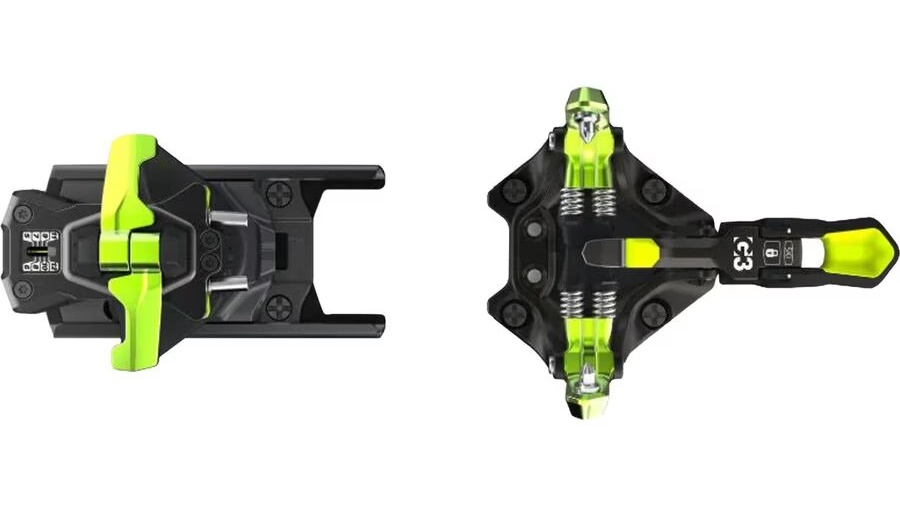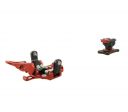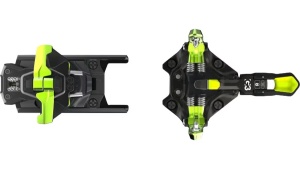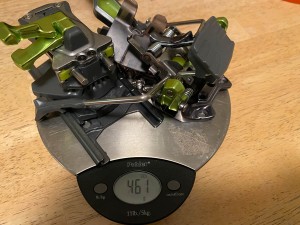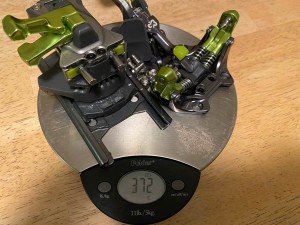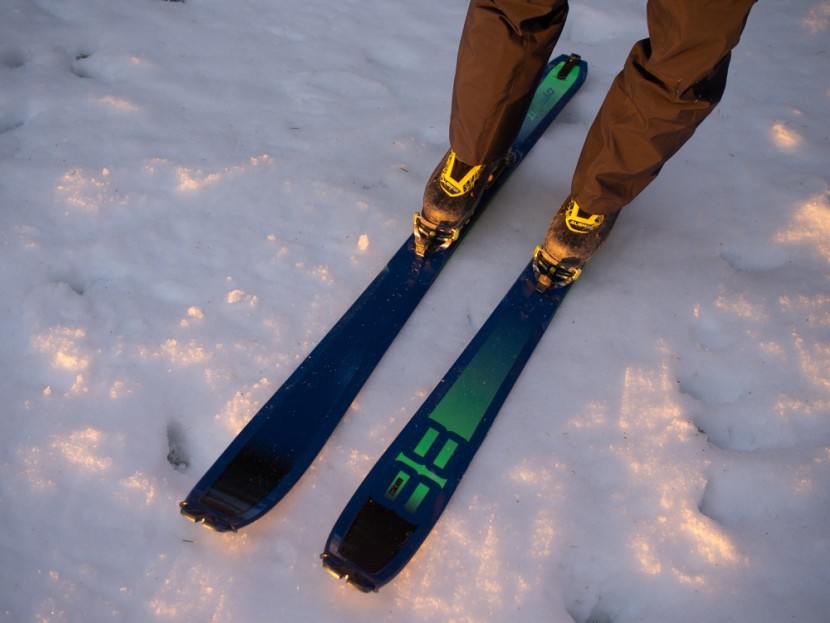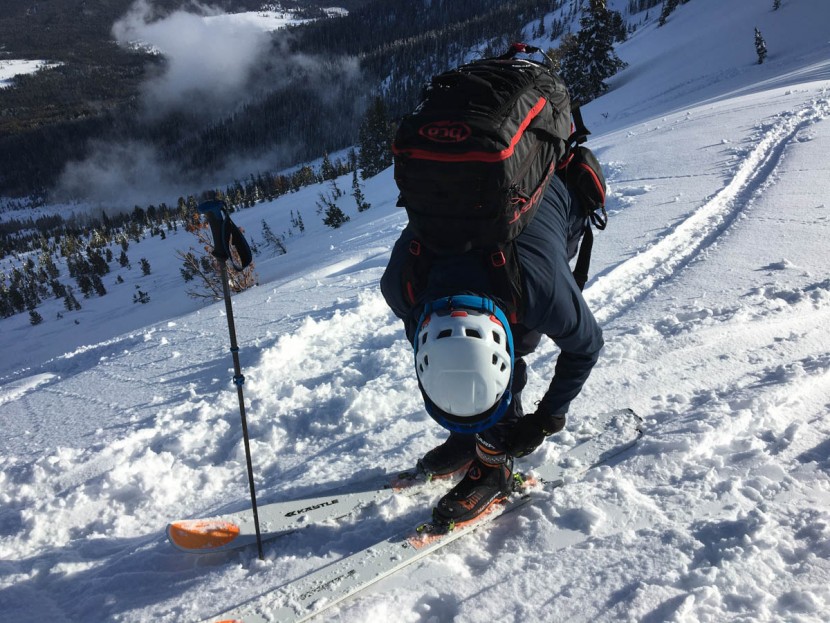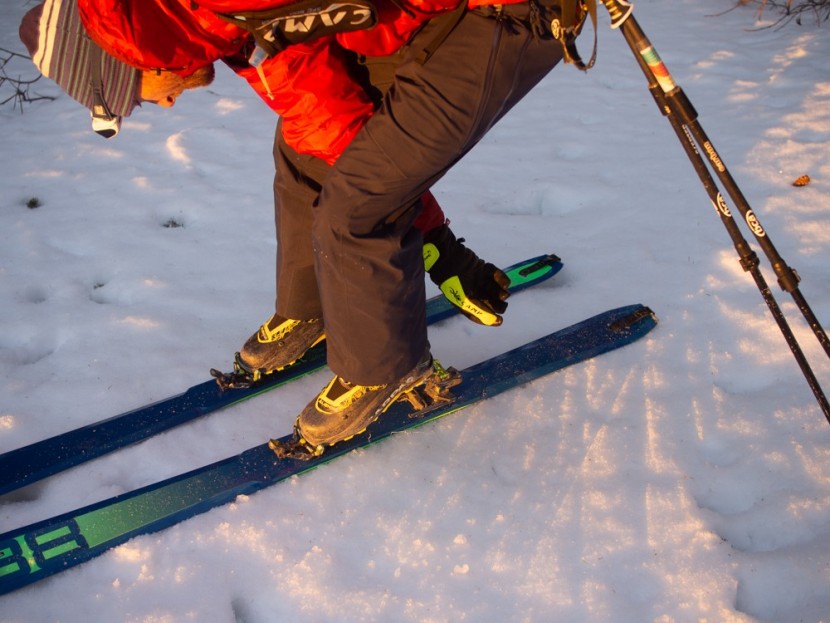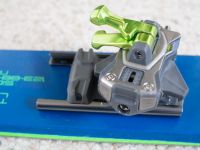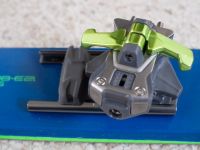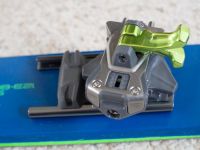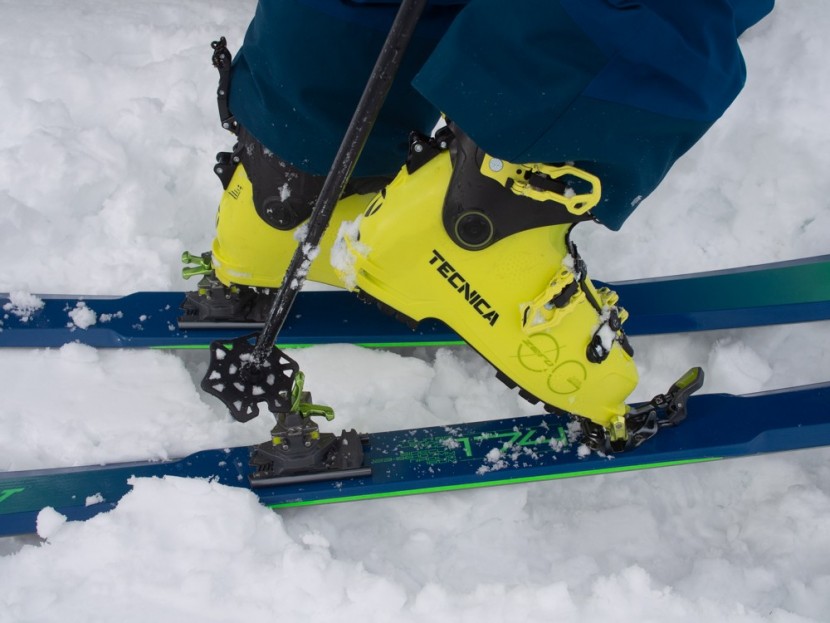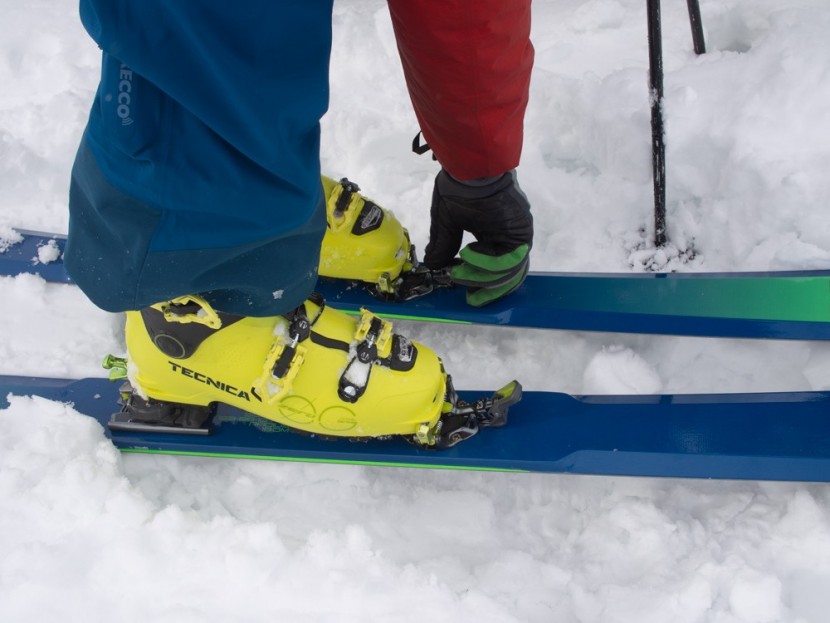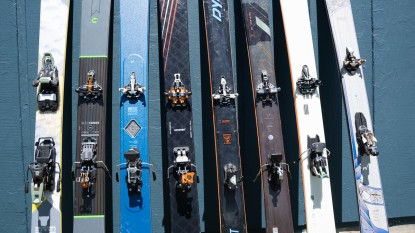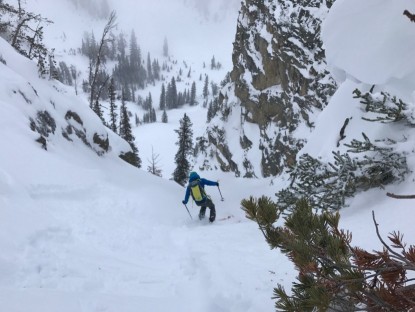G3 Zed 12 Review
Our Verdict
Compare to Similar Products
 This Product
G3 Zed 12 | |||||
|---|---|---|---|---|---|
| Awards | The Other Best Binding | Best Bang for the Buck | |||
| Price | $572 List | $445 List | $600 List $479.96 at Backcountry | $430 List | $280 List $279.95 at Amazon |
Overall Score  |
|||||
| Star Rating | |||||
| Bottom Line | For the weight and cost, you get great functionality and features | For moderate backcountry skiing, these bindings could be just the ultralight ticket you need | This binding has a carefully tailored selection of the features you need while keeping weight to a minimum. The result is an excellent binding for any backcountry skier | We like the basic, simple design and included features. However, we didn't like the movement within the binding | An affordable tech binding that has seen iterative improvements over the decades, yet remains reliable and highly durable |
| Rating Categories | G3 Zed 12 | Plum R170 | Salomon MTN Summit... | Dynafit Seven Summits+ | Dynafit Speed Turn |
| Weight (35%) | |||||
| Downhill Performance (25%) | |||||
| Touring Performance (20%) | |||||
| Ease of Use (15%) | |||||
| Construction Quality (5%) | |||||
| Specifications | G3 Zed 12 | Plum R170 | Salomon MTN Summit... | Dynafit Seven Summits+ | Dynafit Speed Turn |
| Weight of 1 binding and screws, lightest possible configuration (in grams) | 371 | 199 | 310 | 325 | 364.5 |
| Release Value Range | 5 to 12 | 8 Fixed | 6 to 12 | 4 to 10 | 4 to 10 |
| Brakes? | Optional | No | Optional | Yes | No |
| Brake Width Options | 85, 100, 115, 130 mm | N/A | 80, 90, 100, 110 mm | 98, 110, 120 mm | N/A |
| Weight of 2 bindings, common setup (pounds) | 1.64 | 0.88 | 1.86 | 1.76 | 1.61 |
| Weight of 2 bindings (in grams). Multiple options are noted where we have tested multiple options. | 742 | 398 | 843 (600 without brakes) | 800 (650 without brakes) | 729 |
| Stack height: average of toe and heel pin height (in mm) | 42 | 34 | 38 | 40.5 | 37.5 |
| Toe/heel delta: difference in height between heel pins and toe pins (in mm) | 5 | 4 | 8 | 13 | 17 |
| Meets ISO/DIN Standard? | No | Yes | No | No | Yes |
| Ski Crampon compatible? | With aftermarket part. Only G3 brand. | With aftermarket part. Best with Plum brand. "Standard" Dynafit/B&D style ski crampons can be lightly filed to work. | Yes. "Standard" style. Not all crampons will be cross-compatible | Yes. "Standard" style. Not all crampons will be cross-compatible | Yes. "Standard" style. Not all crampons will be cross-compatible |
Our Analysis and Test Results
Retest of Updating Binding
G3 updated the Zed 12 since our original test cycle. The photos above show the version we originally tested during the 2019/20 season (left) and the updated version (right.) G3 notes “an updated and sleek black colour scheme.” A recent retest during the 2022/23 season reveals no discernable difference between the newest model and the previous version we discuss below. But we are now linking to the updated binding, which is more readily available.
The G3 Zed 12 has many attributes of heavier “full service” ski bindings with a weight that approaches that of the ultralight category. It essentially fits between two categories; it is heavier than the light all-arounders, but it has useful features that they don't. The safety and usability features added to the Zed 12 might just tip the balance in your favor. For long-term reliability of release and ease of use during transitions, the Zed 12 is the lightest thing going. It is a relatively new product but uses geometry and technology proven in G3's Ion series of bindings.
Weight
The G3 Zed 12, without brakes, weighs 370g per binding. Given the touring and downhill skiing features, this weight is pretty darn good. It's the lightest binding, for instance, that we tested that includes individual heel pins (as opposed to a one-piece, u-shaped heel spring). Add on the brake and the proprietary attachment for G3's ski crampons, and the weight quickly exceeds that of bindings that perform, overall, similarly or better.
Downhill Performance
Do we consider this a downhill-oriented binding at a low weight, or do we think of it as an ultralight binding that skis better than its peers? Either way, it skis well for its weight. As compared to other bindings at and near its weight, the Zed 12 has greater elasticity and more reliable release performance. The heel piece offers some forward pressure, the toe piece geometry allows a little more lateral motion than other light bindings, and the heel springs are independent pins that rotate with each entry so as to spread wear out. Other lightweight bindings, with u-spring heel pieces, experience a change in release characteristics as the u-spring metal wears with use.
These things, though, are all theoretical. How does it work in our real-world testing? The truth is, most of our testers, in their voluminous testing, noticed absolutely no difference in actual downhill performance. Very discerning skiers in very demanding conditions (less than 1% of our testing time and likely way less than that for your use) noticed subtle differences between bindings on the downhill. The Zed 12 skis downhill better than any binding that matches or beats its weight. It has a relatively high “stack height” but a minimal ramp angle.
Touring Performance
The Zed 12 tours very well. When we break down our assessment of touring performance, we consider heel risers, icing propensity, and toe pivot range of motion. The heel risers are among the best in the business, and the toe pivot range is all you would need. The binding's design only allows for moderate amounts of icing and snow build-up. It has all the moving parts (and associated places to hold ice) of a heavier binding, but there are big spaces in the toe piece that shed snow and ice better than most.
Ease of Use
Transitions, adjustments, getting in and out; how does the Zed 12 do? Transitions use the proven method of twisting the heel piece 90 degrees (in either direction). Once in touring mode, the heel lifters can be adjusted between three settings with your ski pole. If you need to adjust release, both lateral and vertical are accomplished with one aft screw. Just below that screw is one for adjusting the length. Length is measured with the “kiss” method, requiring no spacer or tool for measurement. Stepping in and out is almost exactly the same as the vast majority of touring tech bindings. The good news is that we found the “default mode” spring tension to be enough to keep the ski on your foot in all but the most rigorous of skinning terrain. No need to lock those toes until the skinning is legit.
Durability
The Zed 12 is a relatively new product. With only a couple of seasons on the market, reports of long-term function have yet to come in. In our rigorous testing (both on our feet and test pair and in the company of ski partners and backcountry ski clients), we experienced no issues with the retail version of the Zed. It is worth noting that some have had issues with the long adjustment plate that some places use on their rental gear. Maybe you have demoed or rented Zed bindings and had the heel piece slide around. That problem is exclusive to fleet gear.
Should You Buy the G3 Zed 12?
Lightweight bindings with advanced attributes or full-function bindings that are stripped down? Either way, these simple and all-purpose ski bindings are ready for whatever sort of human-powered skiing you might choose. The price of the Zed 12 is competitive with the whole market, and our experience with durability suggests that the product life of this binding should be quite favorable.
What Other Backcountry Ski Bindings Should You Consider?
While the G3 Zed 12 splits the difference between lightweight and full-function binding, there are certainly lighter-weight options on the market that improve upon the Zed. For nearly the same price, you could step into a Dynafit Superlite 150 at nearly half the weight. Of course, there are always tradeoffs, and the weight savings of the Superlite means it doesn't ski as well as the Zed 12. If price is more of the issue, consider the Zed against the similarly performing, ultra-durable and uber-affordable classic, the Dynafit Speed Turn.


